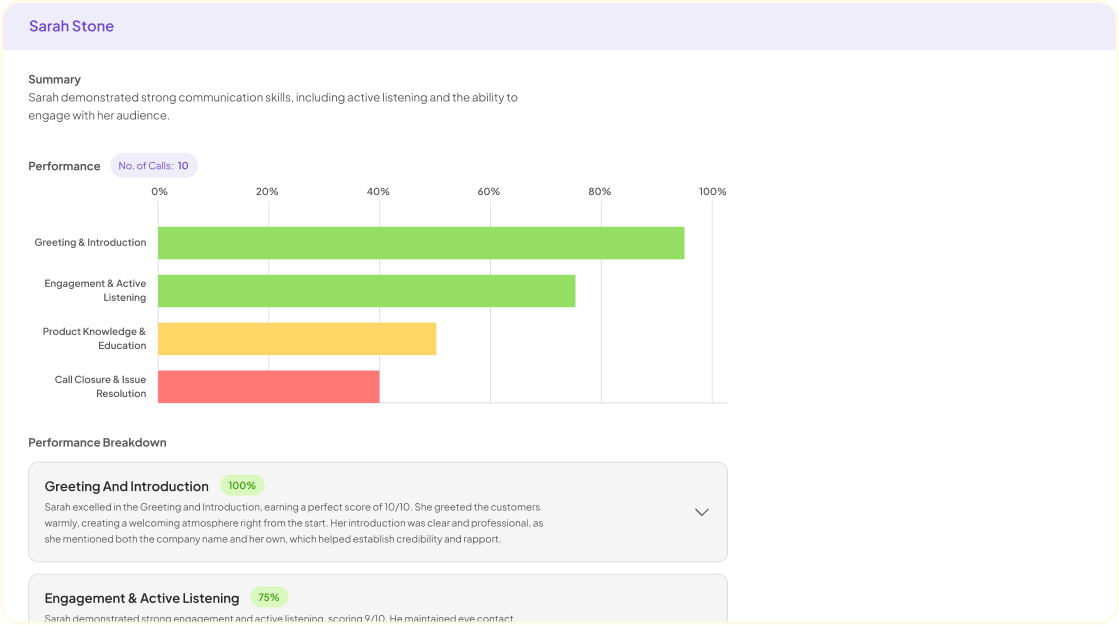
If you are thinking of developing a SaaS product, this guide is for you. In this article, we will discuss the steps involved in developing a SaaS product and some of the challenges you will face.
First Steps
Before you start developing your SaaS product, you should have a solid business plan that outlines your product, its features, and your target market. You should also conduct market research to determine the viability of your idea and identify your competitors.
You should create a prototype of your software and conduct beta testing to see if customers are interested in your product. If needed, you should adjust your plan according to the results of the beta tests.
Finally, you will need to obtain funding to launch your startup.
If you want to summarize and analyze your research data and store it in central repository to make it accessible to the team then you must use Insight7
Developing Your Product
Once you have secured funding for your startup, you will need to hire a team of developers to work on your project.
At this point, you should also select a technology stack to build your product on. Since a SaaS product has a large number of users, it will need to be scalable to accommodate this traffic.
You will also need to develop an infrastructure to support your product. This includes choosing a suitable hosting platform and managing your server and security needs.
In addition, you will need to set up an automated deployment process to streamline the software development lifecycle and ensure that the software is always up-to-date.
Finally, you will need to build user interfaces for your product and add functionality to it based on customer feedback.
Customer Support and Marketing
Once your product is launched, you will need to begin marketing and generating leads for it. Building an audience for your software is an important part of ensuring its success.
You will also have to deal with customer support issues once you launch your product. These can include troubleshooting user issues and responding to customer complaints.
Handling these issues in a timely manner is important for maintaining a positive customer experience.
You will need to build a team to handle customer support to ensure that your customers have a positive experience with your product.
Challenges of Developing a SaaS Product
One of the major challenges involved in developing a SaaS product is security.
Customers will only trust a product if it is secure and stable. You will therefore have to keep your software up to date by implementing the latest security features and patches.
You should also ensure that your product is free from bugs and defects. Providing good customer service is also important when launching a SaaS product.
If you fail to address customer concerns in a timely manner, you will lose your customers to your competitors.
They are;
- Security/Stability
- Software development life cycle
- Hosting environment
- Deployment and maintenance
- Customer support and marketing
Technical infrastructure to support the application needs to be managed and maintained on an ongoing basis in order to keep it up and running at all times.
Using an outsourced service provider to manage your IT infrastructure may be a good option for your business as it minimizes the time and effort required to manage and maintain your system.
Infrastructure requirements vary according to the nature and type of the application being developed. For example, a web application requires fewer servers than a database server.
Server capacity is also determined by the amount of data that needs to be stored or processed by the system. You must determine how much server capacity you need based on these factors before setting up your system.
Different technologies should be used to support different types of applications. For example, ASP or ASP NET technology should be used to develop web applications while PHP or Java technology should be used to develop mobile applications.
The cloud-based architecture of the SaaS model is particularly suitable for enterprises with a large user base.
The use of cloud computing allows businesses to reduce the costs associated with maintaining an on-premises IT environment while still enabling them to meet their growing storage needs.
Identify your technical infrastructure needs based on your business goals and the type of application you are developing. Then, implement the right infrastructure to support the application.
Finally, launch the application and make it available to users around the world via the cloud.
Create a customer management dashboard to keep track of your users. Monitor their activity and ensure that they are satisfied with your service by resolving any issues that may arise in a timely manner.
Develop a marketing plan to promote your product to your target audience and generate sufficient revenue to cover the cost of maintaining your infrastructure.
Stay updated with the latest industry trends and best practices by keeping a close eye on developments in the field and adopting new technology as and when it is needed.
This will help you develop a product that meets current needs and will be able to adapt to the changing demands of customers in the future.
A SaaS solution offers a number of advantages over traditional on-premises software solutions such as reduced hardware costs, increased data security, easier scalability and greater ease of deployment.
Using a cloud-based platform also eliminates the need to purchase expensive hardware and software, as well as the need to hire in-house technical staff to maintain the system.
Moreover, the maintenance costs associated with hosting an application in the cloud are far lower than those associated with running the same application on a traditional IT infrastructure.
If you want to summarize and analyze your research data and store it in central repository to make it accessible to the team then you must use Insight7
In a SaaS delivery model, applications are hosted by a third-party service provider and delivered to the customer over the Internet.
Therefore, there is no need for the customer to invest in IT infrastructure or deal with the complexity of maintaining the software.
However, developing a SaaS application is not as simple as deploying the software on a cloud platform.
There are a number of technical and logistical challenges that must be overcome in order to successfully deliver your application to your customers.
Conclusion
Developing a SaaS product is a complex process that can involve many challenges. However, developing a successful SaaS product can be very rewarding if you manage to overcome these challenges.


